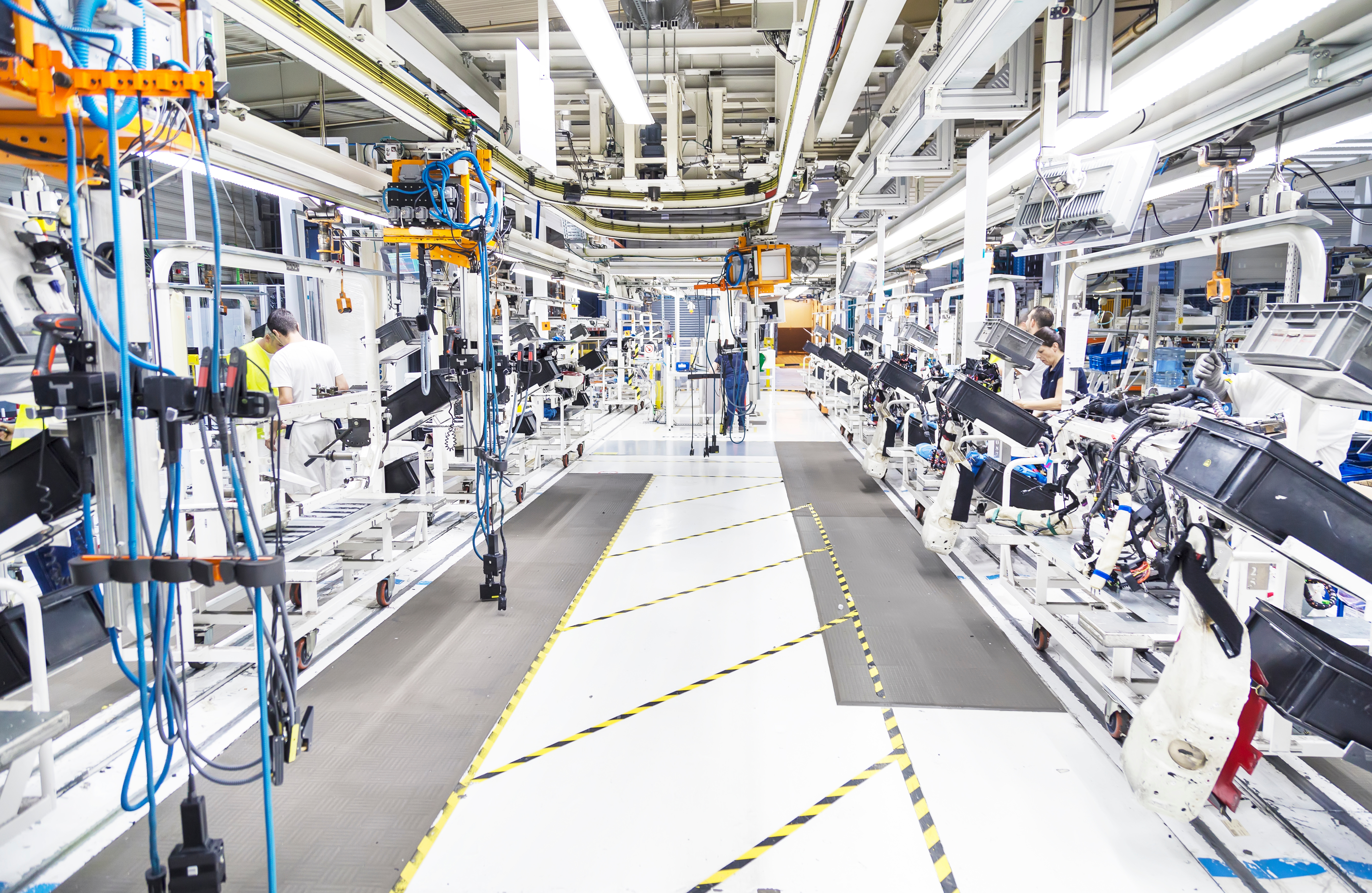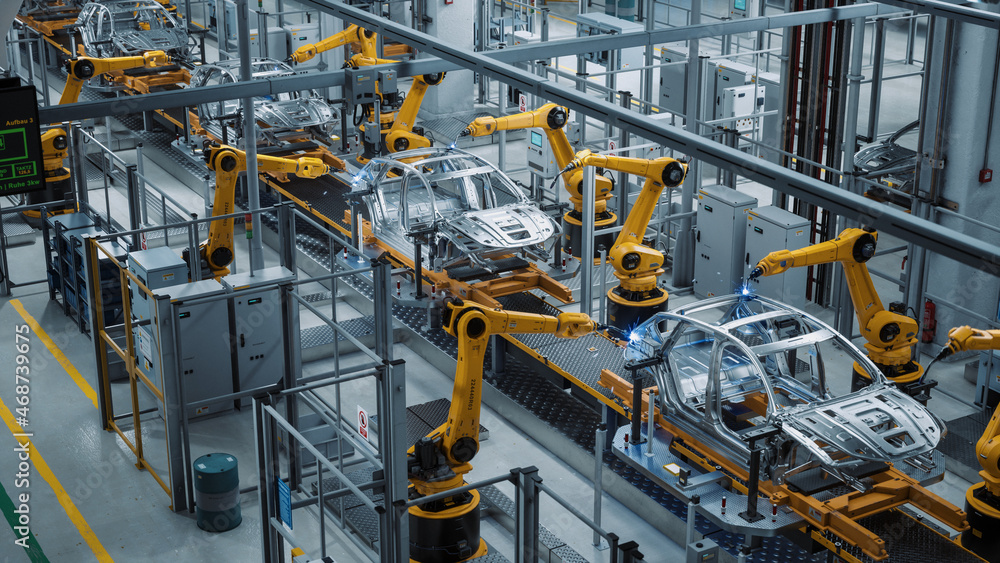As the COVID-19 pandemic and recent computer chip shortage has shown us, there is really no margin for error when it comes to supply chains. Nowhere has this been more impactful than in the automotive supplier network where a delay of a few seconds per station adds up and may shut down an entire manufacturing plant.
The vulnerabilities in the supply chain ecosystem have now been fully exposed. and are well beyond hypothetical. Suppliers and manufacturers are feeling these vulnerabilities more than ever. From COVID-19 to raw material availability to labor shortages and cyber threats, supply chain risks are many. Mitigating these risks are more challenging – and more important — than ever.
Having complete visibility into the supply chain is vital. In an ideal environment, supply chains should be a collaborative, communicative process between suppliers and manufacturers. Robust data helps create global transparency into real-world views of the supplier production process and delivery schedules that are always at risk.
What’s concerning in is that many manufacturers don’t feel they have a solid grasp of their supply chains, which ensures a reactive instead of proactive approach to managing suppliers and their goods. In fact, a survey conducted in 2020 showed that:
- about 69% of companies don’t feel they have “complete” visibility of their supply chains
- 62% of companies have only limited visibility of their supply chains
- And only 15% felt they had visibility of their production environment related to the supply chain ecosystem
A deep, insightful view of the supply chain in action alleviates some of the concerns related to vulnerability risk factors. Real-time visibility into the supply chain is challenging, but can be overcome with detailed planning and execution. Having the right technological solutions built on an Industry 4.0 model. Data that delivers powerful analytics for decision making is a critical step into building a robust, predictive supply chain — one that is managed on both the front and back ends.
An interconnected supply chain with advanced, scalable manufacturing software systems provide flexibility and agility. This highly connected, highly visible network delivers real-time scheduling and delivery adjustments by suppliers based on demand. Detailed data sets can be collected, aggregated and analyzed per manufactured component for a holistic operational and view of the logistics process.
Data is a powerful force for supply chain risk mitigation, with both supplier plant and customer visibility into real-time production information. This enables suppliers to visualize events within their operations and pivot real-time manufacturing, scheduling and delivery changes seamlessly as conditions change. With the proper data available and easily consumed, communication to the manufacturer occurs in an instant with updates and shipping information, ensuring a free flowing, synced supply chain.
Essentially, each connected facility in the supplier network is monitored and understood by manufacturers throughout the process as parts begin to roll off the production lines and start to be shipped for final assembly or utilization. In turn, greater trust and collaboration between supplier and manufacturer is created.
Collaboration between suppliers and their customers is crucial in creating a path out of the current environment. Due to the supply chain complexity, supply chains are extremely dependent on technology. Technology helps understand the weak – or breaking – points, optimize just-in-time manufacturing processes and bridge the gap between supplier and OEM. Data and data visualization sit at the center.
Today’s supply chains are being forced to evolve due to market forces beyond anyone’s control. The suppliers that equip themselves with the right toolsets are predictive, flexible and proactive for their customers – ensuring success and a set path forward.
GO WITH THE PRO.
GO WITH INSEQUENCE.
The Company That Pioneered End-to-End Manufacturing.









